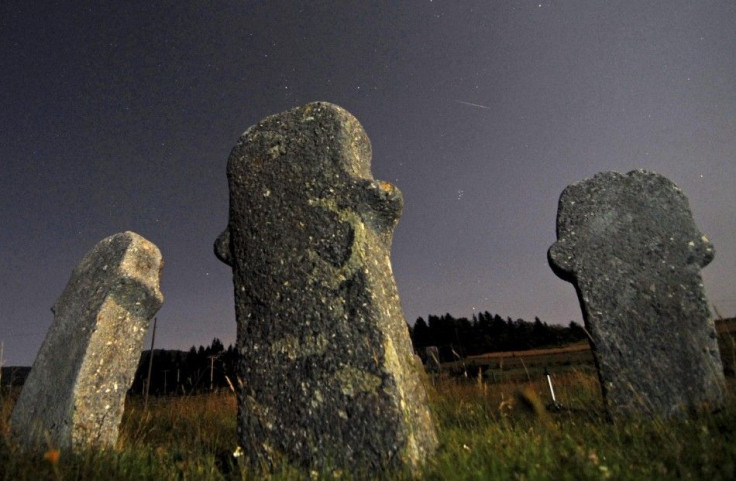Fireballs Set Ablaze In The Skies Of Eastern U.S.

On Sept 23, four fireball events were reported along the East Coast and in the Midwest. All the four fireballs came within a span of 90 minutes, according to the American Meteor Society.
A report by the Huffington Post said that in a single evening, the incidents of multiple fireballs are considered to be very rare. Twitter, too, saw lots of posts about the events.
A question was posed by a Twitter user, Kevin Heider, to the American Meteor Society on Sept 24:
@amsmeteors Is it possible that these 4 events are related to a recent (but very small) fragmentation event from a parent body?
— Kevin Heider (@kpheider) September 24, 2014
The official Twitter page of the American Meteor Society also had a post related to the four fireballs. It posted the following message:
Four Large Fireball Events over USA on Sept. 23rd - http://t.co/Tsa4PqtgPP #ams #citizenscience pic.twitter.com/LBKVoYJrHZ — AMSMETEORS (@amsmeteors) September 24, 2014
The American Meteor Society had said that evidence pointed out that the fireballs were unrelated. It added that it had analysed time, proximity of the witnesses as well as the data gathered which led it to the conclusion. It said that it was possible that the fireball events were captured by the NASA fireball network, reported a Web site, From Quarks To Quasars.
The NASA all-sky Fireball Network has been set up by the NASA Meteoroid Environment Office. Its goal is to observe fireballs, meteors that are brighter than the Venus planet. It consists of a network of 15 cameras which are placed in locations like Alabama, Georgia, Tennessee, Carolina, Ohio, Pennsylvania, New Mexico and Arizona. The data collected will be of importance to spacecraft designers.
The initial goal of the mission has been achieved but the network is still said to be growing. The initial goal involved placing the cameras in schools, science centres and observatories around the United States of America.
After these fireballs were observed, no other reports came in. The fireballs did not cause any damage either. They seemed to have disintegrated into the atmosphere.
A fireball is a small amount of debris that comes into the atmosphere and is said to be much brighter than the usual meteor. Fireballs, though, are considered to be a special sub-class of meteors.
According to NASA, a 'fireball' is considered a meteor only if it has a visual magnitude of more than -3. It is said that a fireball meteor usually starts off when the meteorite measures a minimum of one metre.





















